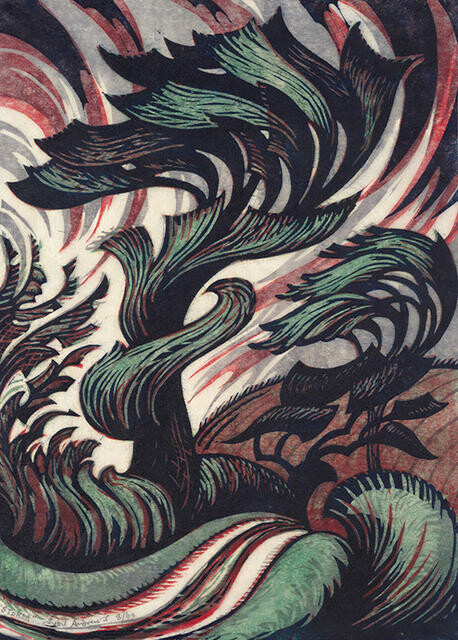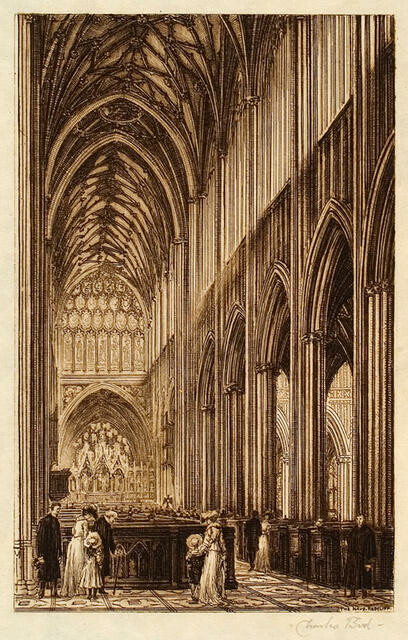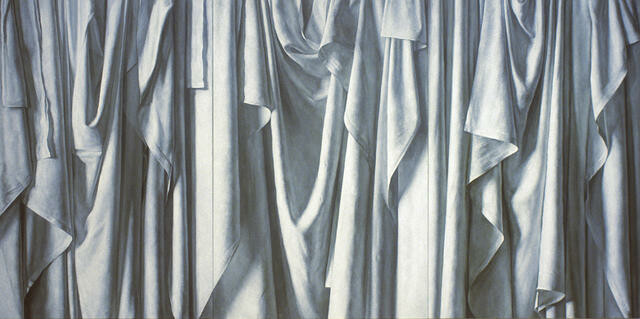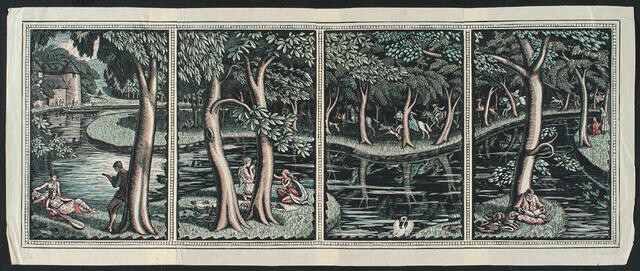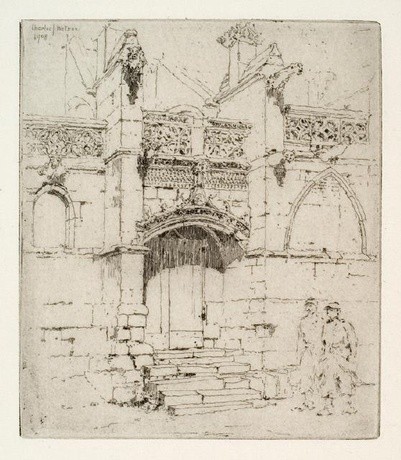Never more
By Robyn Cawse
Mysterious, gothic horror, tales that were considered the most frightening of their time. Creepy, scary images fill the mind, the body erupting with shivers, every noise heightened. Creatures, birds and man, the most feared and revered, tormenting souls, loss and grief all inspire fear. Yet it is more than mere fear, it is the dream like existence of the unimaginable. Is all that we see or seem but a dream within a dream?
And every night, about midnight, I turned the latch of his door and opened it – oh so gently!
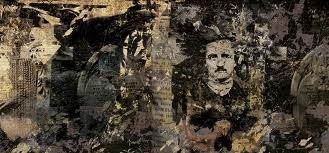
June 1st, 2006
Edgar Allan Poe
Ah, distinctly I remember it was in the bleak December,
And each separate dying ember wrought its ghost upon the floor.
Eagerly I wished the morrow;–vainly I had sought to borrow
From my books surcease of sorrow—sorrow for the lost Lenore–
For the rare and radiant maiden whom the angels named Lenore–
Nameless here for evermore.
–from “The Raven”
His name conjures up images of premature burial, black cats, forbidden crypts, and crumbling old houses where terrifying secrets dwell. Almost one hundred and fifty years after his death, Edgar Allan Poe’s prose and poetry continue to frighten, influence and inspire writers, composers, artists, poets, and readers all over the world. Despite the very small amount of recognition he received during his lifetime, Poe is today considered one of America’s greatest writers.
Born on January 19, 1809, Poe was the son of professional actors in Boston, Massachusetts. After his mother passed away, his father left, orphaning him at the age of three. Separated from his brother and sister, he went to live with a well-to-do family in Virginia. The Allans (from which Poe took his middle name) brought him to England and provided him with a strong education, but were resistant to his literary aspirations. By the time he attended the University of Virginia, he had already begun to grow apart from his guardian, John Allan.
After losing most of his money to gambling, and becoming estranged from the Allans, Poe left college and enlisted in the United States Army. There he progressed rapidly, becoming a sergeant major. It was then that he self-published his first book, TAMERLANE AND OTHER POEMS. Like most of Poe’s publishing efforts, this book was met coolly by the literary community. After his discharge from the Army, Poe worked briefly at West Point and then moved to Baltimore where he found work as a reviewer and literary editor. In 1833, he married his thirteen-year-old cousin and moved her and her mother to Virginia.
Throughout the late 1830s and early 1840s, Poe wrote much of his best work, including THE NARRATIVE OF ARTHUR GORDON PYM and the stories “The Fall of the House of Usher,” “The Murders in the Rue Morgue,” and “The Gold Bug.” While other writers of the time were writing straight forward realistic representations of life in America, Poe was concerning himself with the subconscious— dreams, nightmares, and the unspoken. His work plumbed the depths of human fears and desires, often allowing the “reality” of the stories to fade away and make room for a reality only found within the mind. Though he had a handful of admirers, Poe’s interest in the unspoken and psychological left him unable to successfully sell his work.
To support his new wife and mother-in-law, Poe moved to New York and took a number of jobs as a magazine editor, working at publications including NEW YORK MIRROR, BURTON’S GENTLEMEN’S MAGAZINE, and GODEY’S LADY’S BOOK. Though both his skill as an editor and administrator were exceptional, he often found himself at odds with others within the literary world. He was a heavy drinker and rarely lasted more than a year and a half at any one job. In 1844 Poe received some attention for his masterful poem “The Raven.” But with the slight advances in his career during the mid-1840s also came the setbacks of his continued drinking, employment problems, and most of all, the ill health of his wife, Virginia.
In January of 1847 his wife died, and Poe returned to Virginia. There he continued to write, producing one of his masterpieces, “Eureka.” On a trip back north to New York in 1849, Poe stopped in Baltimore where he was found on October 3rd, passed out on a street outside a bar. He died four days later. Though some have suggested foul play, no one is exactly certain of the circumstances of his death. Sadly, it was not until years later, with the help of French poets such as Baudelaire, that Poe’s rank as a great artist became solidified. A man profoundly ahead of his time, Edgar Allan Poe pointed to the mysteries of the psyche, to the dark truths that float in our dreams, to our unredeamable fears; and for this, the art of writing will remain eternally grateful.

Take this kiss upon the brow!
And, in parting from you now,
Thus much let me avow-
You are not wrong, who deem
That my days have been a dream;
Yet if hope has flown away
In a night, or in a day,
In a vision, or in none,
Is it therefore the less gone?
All that we see or seem
Is but a dream within a dream.

But our love it was stronger by far than the love
Of those who were older than we-
Of many far wiser than we-
And neither the angels in heaven above,
Nor the demons down under the sea,
Can ever dissever my soul from the soul
Of the beautiful Annabel Lee.
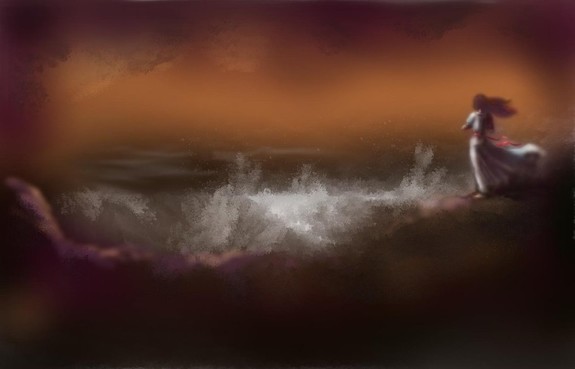
And the Raven, never flitting, still is sitting, still is sitting
On the pallid bust of Pallas just above my chamber door;
And his eyes have all the seeming of a demon's that is dreaming,
And the lamplight o'er him streaming throws his shadow on the
floor;
And my soul from out that shadow that lies floating on the floor
Shall be lifted- nevermore!
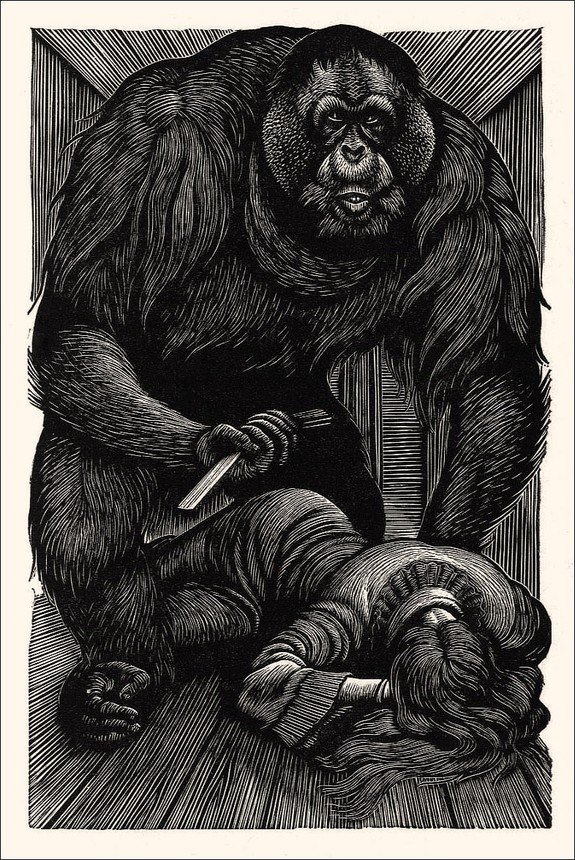
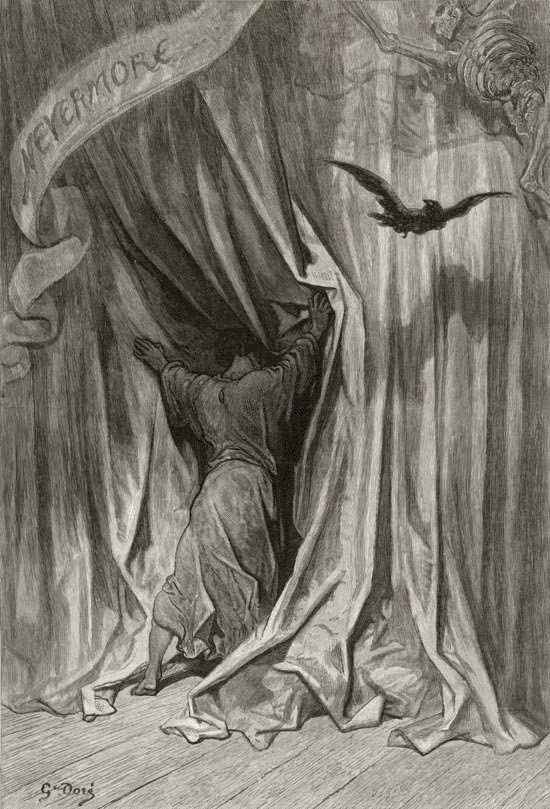
Open here I flung the shutter, when, with many a flirt and
flutter,
In there stepped a stately raven of the saintly days of yore;
Not the least obeisance made he; not a minute stopped or stayed
he;
But, with mien of lord or lady, perched above my chamber door-
Perched upon a bust of Pallas just above my chamber door-
Perched, and sat, and nothing more.
Then this ebony bird beguiling my sad fancy into smiling,
By the grave and stern decorum of the countenance it wore.
"Though thy crest be shorn and shaven, thou," I said, "art sure no
craven,
Ghastly grim and ancient raven wandering from the Nightly shore-
Tell me what thy lordly name is on the Night's Plutonian shore!"
Quoth the Raven, "Nevermore."

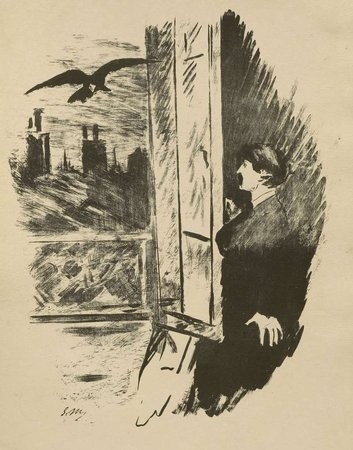
Edgar Allan Poe's troubled life, which ended 163 years ago Sunday in Baltimore, was relatively brief, just 40 years, but his macabre stories and poems earned him a celebrity that has endured for more than a century and a half.
Vividly imagined works such as "The Raven" and "The Pit and the Pendulum" made him one of the most widely illustrated authors of the 19th century. In fact, some artists who weren't primarily illustrators were inspired by his intensely gothic imagery, even into the late 20th century.
One is surprised to learn who some of them were - the abstract expressionist Robert Motherwell, for one, as well as James Ensor, Edouard Manet, Odilon Redon.

Elliot Collins - Goat Creek 2010
Elliot Collins's series of video works, Goat Creek, illustrates an Otira landscape that has changed very little since van der Velden made his visits to the region in 1891 and 1893. In the endless impulsive energy, motion and sounds of the creek as it flows down the mountainside to join the Otira river, Collins captures a strong sense of the untouched natural wilderness that appealed so strongly to nineteenth-century colonial painters.
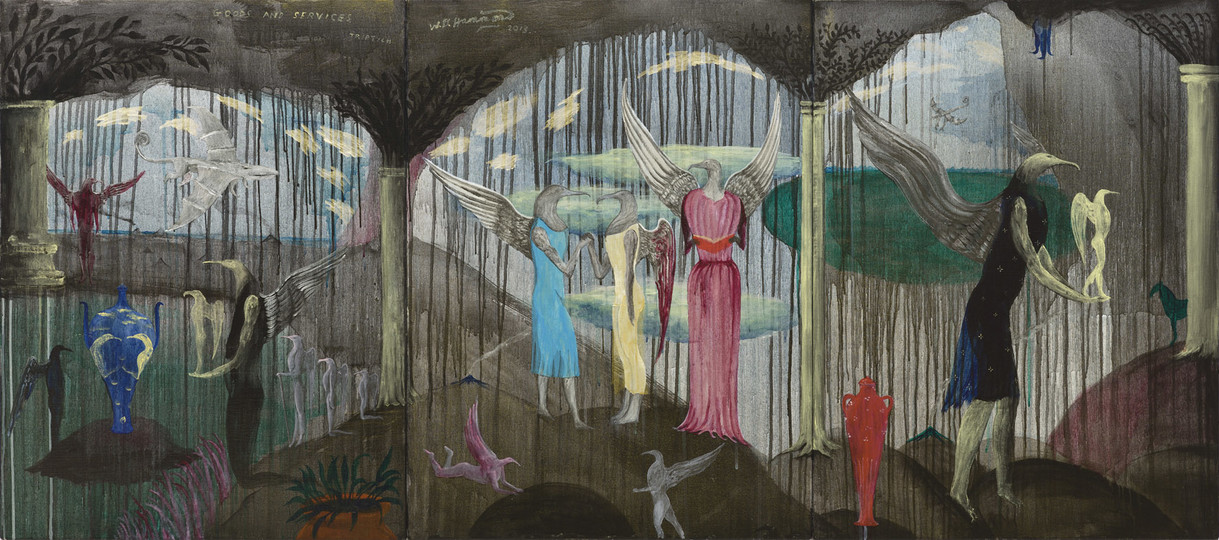
De Lautour / Greig / Hammond
An exhibition of recent work by Tony de Lautour, Jason Greig and Bill Hammond opens at our NG space on Madras street tomorrow. These artists have had limited opportunities to show their work since the quakes so this exhibition is well worth a visit if you have the time.
Here's a taster of some of their work.
